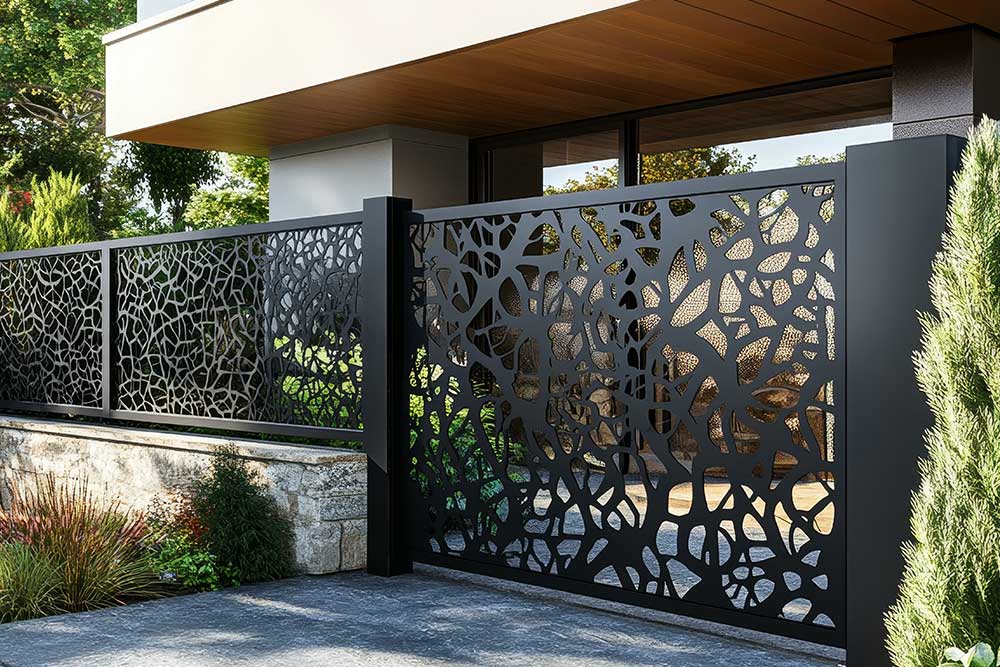A Magical Day in a Deux-Chevaux
Many years ago on a European back-packing trip with a boyfriend, I was introduced to the Citroën 2CV or deux chevaux. On a six-week tour of various countries and historical sites he took 90 photos of the cars and 10 of me, I think you can guess where the relationship ended up.
History aside I thought that my husband would have lots of fun driving a vintage car around Provence for a day. The answer was simple, there is a Dutch/French company called 2CV Experience that rents lovingly restored “two horsepower” cars for the day. It could not have been easier, as they are based minutes outside of Aix-en Provence. They currently have 12 cars and are building their inventory to 15 shortly. These pristine cars have been fully restored by hand, painted meticulously and are ready to go when you arrive. All of the cars are named: Tournesol, Olivier, St-Tropez, Menthe, Sahara…we were handed the keys to Lavende for the day.
The Citroën 2CV was produced from 1948 to 1990. Technically well-built and engineered the car, was affordable and literally designed to move the French rural population from a dependence on animals (horses and carts) to the automobile. The car continues to be iconic. It is minimalist by design, lightweight, offers easy serviceability and consistent reliability. In 42 years of production over 3.8 million cars were produced.
I could not have dreamed of a more perfect day in the middle of March. It was a brilliantly sunny, cloudless, warm day. At 10am we were instructed on how to “roll-back” the canvas convertible top, from then on it was a “topless-day” until 19:00.
We had a vague idea for our day-trip. It looked something like; head to the coast and then “discuss” whether to head left or right. This would be followed by a more hearty talk about where to eat lunch and then finally a more silent trip back to home base. Thankfully, 2CV Experience saved the day by providing a detailed map, route instructions and tourist notes for a 145km tour of l’Etang de Berre. There are actually seven lakes but Etang de Berre is the largest. The area was formed during the last ice age. This inland water body is fed by fresh water sources. The whole area is over 20km long and 16km wide. There are numerous tiny villages and towns to be visited along the way.
The first stop was Chateau La Barben, just outside La Barben. There has been a structure in place since 1064. The castle has been restored and now accommodates several needs; day tourists, overnight B&B guests and special function receptions. Unfortunately we arrived early season, and too early in the day so could not view the interior. Certainly the exterior is well restored and the location is a beautiful cool oasis, surrounded by water sources.
The next towns were Pelissanne, Salon de Provence, Grans, and Saint Chamas. Each town has some unique sites and photo opportunities. Hands-down the village of Grans was our favoured stop. The village is small and maintains a real Provencal feel with a mix of residences, restaurants and cafes. This tiny village has a permanent population of about 3800 residents.
The other towns were not highly remarkable although each one has some unique characteristics and offers some photo opportunities at the most unexpected moments. Although the rental company provides all the tools for a picnic, you still need to spend a few moments purchasing the ingredients. We ended up in Istres at a restaurant for lunch instead. This is an ancient town has a few remaining Roman sites surrounded by a bustling town. A quick drive through the area and it is clear you should not venture too far from your car and keep your valuables close at hand. That being said we stumbled across Pinçée de Sel for lunch on the main street and it was excellent.
The post lunch stops included the village of Saint Mitre les Remparts, this village should NOT be missed. The ancient town was surrounded by high defensive walls, which date to back to the 14th century. There are two main entrances into the old village, the North and South gates. Do not miss the residences built into the old walls of the village. This small village is a lovely, relatively quiet stop on the tourist circuit. Unfortunately, time was ticking and the sun was headed the wrong direction so the next towns were literally drive-bys for another time.
My husband, the willing driver was warned about some of the idiosyncrasies of the car. First up was where the hazard lights were just in case of any unforeseen events. Important details included the fact that there is NO power steering, NO power brakes, and the transmission is unsynchronized. Translated that all means that one needs to use a little muscle to drive the car and must think ahead. With an unsynchronized clutch if you need to downshift into first gear, the car must come to a complete stop before engaging the gear. The gearshift is interesting as it is on the dashboard, with a unique shift pattern. Lavendre was fun to drive, cornering took a little effort to manhandle the steering, and a rolling stop in second gear was the name of the game, avoid full stops if possible. The car accelerated well. The car seems to perform best at 90km/hr and below; much better to enjoy the sights and sounds of the little towns, natural vistas, and historic monuments along the route.
At the end of the day it was really a “magical” experience in an old classic. The small team at this company is well-organized, professional, accommodating and they provide excellent route notes! Otherwise we might still be “discussing” the directions.






